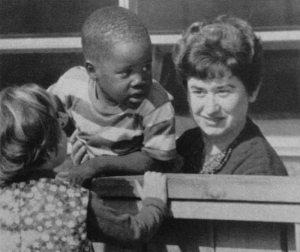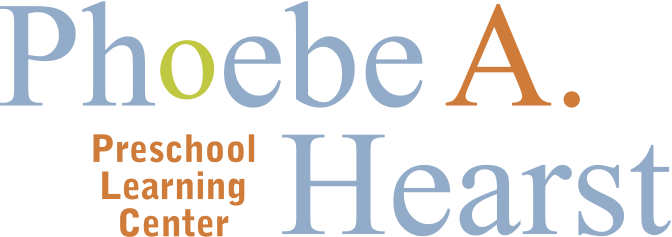History
[/vc_column_text][vc_separator type=”transparent” down=”0″ up=”0″] [vc_column][/vc_column][/vc_row] [vc_row css_animation=”” row_type=”row” use_row_as_full_screen_section=”no” type=”grid” angled_section=”no” text_align=”left” background_image_as_pattern=”without_pattern” z_index=”” padding_top=”20″ padding_bottom=”10″][vc_column] [vc_column_text]Rhoda Kellogg
[vc_empty_space height=”40″]Rhoda Kellogg was an early childhood scholar and collector of children’s artwork who served for years as the preschool’s director. She came to the Golden Gate Kindergarten Association in 1945, after serving as director of 11 Lanham nursery schools in Vallejo, California, and as director of WPA Nursery School in Brooklyn, New York.
[vc_separator type=”transparent” down=”10″ up=”10″] Ms. Kellogg earned an international reputation for her pioneering research in child art GGKA Rhoda Kelloggthrough lecturing, teaching and publications, notably in her books such as “What Children Scribble and Why” (1955), “The Psychology of Children’s Art” (1967), and “Analyzing Children’s Art” (1969), in which she explains and documents her theories that children in all cultures follow the same graphic evolution in their drawing, from scribbles through certain basic forms, and that children’s art can be a key to understanding the mental growth and educational needs of children. Her theories laid the groundwork for the educational curriculum still in use at the Phoebe A. Hearst Preschool Learning Center today.
Ms. Kellogg earned an international reputation for her pioneering research in child art GGKA Rhoda Kelloggthrough lecturing, teaching and publications, notably in her books such as “What Children Scribble and Why” (1955), “The Psychology of Children’s Art” (1967), and “Analyzing Children’s Art” (1969), in which she explains and documents her theories that children in all cultures follow the same graphic evolution in their drawing, from scribbles through certain basic forms, and that children’s art can be a key to understanding the mental growth and educational needs of children. Her theories laid the groundwork for the educational curriculum still in use at the Phoebe A. Hearst Preschool Learning Center today.
She amassed an extensive and wide-ranging collection of children’s art—numbering over half a million pieces—through travels in 30 countries around the world and through her work with children at the Phoebe Hearst Preschool Learning Center. Portions of the collection are available through microfiche at university libraries across the country, and certain artworks are currently in storage.
[vc_separator type=”transparent” down=”10″ up=”10″] [/vc_column_text] [/vc_column][/vc_row] [vc_separator type=”transparent” down=”20″ up=”20″]